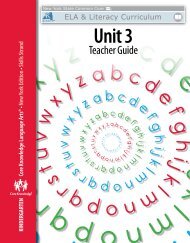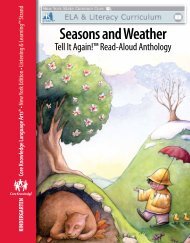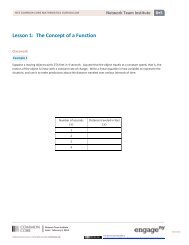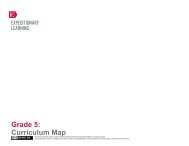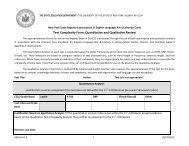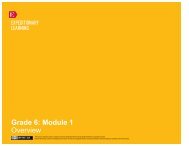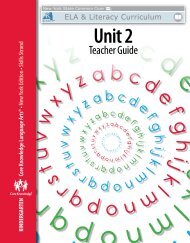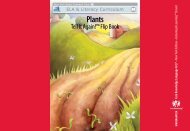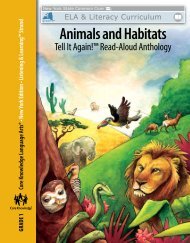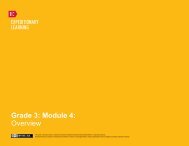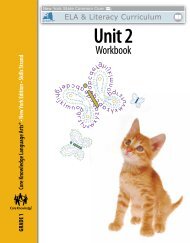Tell It Again! Read-Aloud Anthology - EngageNY
Tell It Again! Read-Aloud Anthology - EngageNY
Tell It Again! Read-Aloud Anthology - EngageNY
Create successful ePaper yourself
Turn your PDF publications into a flip-book with our unique Google optimized e-Paper software.
The Cherokee called the letters that the officers sent each other<br />
“talking leaves.” Sequoyah had seen how helpful they were for<br />
the soldiers. He was convinced it would be good if the Cherokee<br />
people could use “talking leaves,” too.<br />
Show image 4A-3: Sequoyah in his cabin writing<br />
5 In English, do we have individual<br />
symbols that stand for each of our<br />
words? Or do we have symbols—<br />
letters—that you can put together<br />
to make words?<br />
6 [Point to Sequoyah carving<br />
symbols in the image.] Sequoyah<br />
carved the symbols on slats, or<br />
shingles, of wood.<br />
7 Why did his wife think he didn’t<br />
know what he was doing?<br />
8 Why do you think the Cherokee<br />
thought his writing would bring<br />
them bad luck?<br />
9 Since his wife and his people<br />
didn’t believe in him, do you think<br />
Sequoyah will give up trying to<br />
create a Cherokee writing system<br />
now that all his work is gone?<br />
When the war ended, Sequoyah kept working to develop a<br />
writing system for the Cherokee language. At first he tried to<br />
come up with a symbol for each word in the language. 5 He spent<br />
a year trying to create, or make, symbols for all the words in the<br />
Cherokee language. Even after a year, he was still not done. 6<br />
Sequoyah was so busy with his project developing the symbols<br />
for the Cherokee written language that he didn’t plant any crops<br />
that year. All he did was work on creating symbols. His wife was<br />
worried. She thought Sequoyah didn’t know what he was doing. 7<br />
She thought he was just wasting his time. She did not understand<br />
what Sequoyah was trying to do. How would she and her children<br />
survive without crops? What were they supposed to eat? Some<br />
historians have recorded that, after a while, Sequoyah’s wife<br />
was so upset that she gathered up all of Sequoyah’s work and<br />
burned it. Others have said that his fellow Cherokee destroyed the<br />
symbols because they thought they would bring their people bad<br />
luck. 8 Either way, Sequoyah’s work went up in smoke. 9<br />
This was a heavy blow for Sequoyah. But, in a way, it was<br />
a good thing. <strong>It</strong> was good because Sequoyah realized the<br />
approach, or the way he had chosen to create the symbols, was<br />
not the best one.<br />
Show image 4A-4: Photo of Sequoyah’s symbols<br />
10 [You may wish to remind students<br />
that the Chinese writing system<br />
uses eight thousand symbols.]<br />
11 How many letters does the English<br />
language have that we use to make<br />
all the words we speak?<br />
<strong>It</strong> is possible to make a writing system in which there is a<br />
different symbol for each word in the language. Writing systems of<br />
this sort do exist, but they took a long time to create and are very<br />
difficult to learn. 10<br />
Think what it would be like if we had to learn a different symbol<br />
for all of the tens of thousands of words in the English language.<br />
How would we ever remember all those symbols? 11<br />
60 Westward Expansion 4A | The Story of Sequoyah<br />
© 2013 Core Knowledge Foundation



